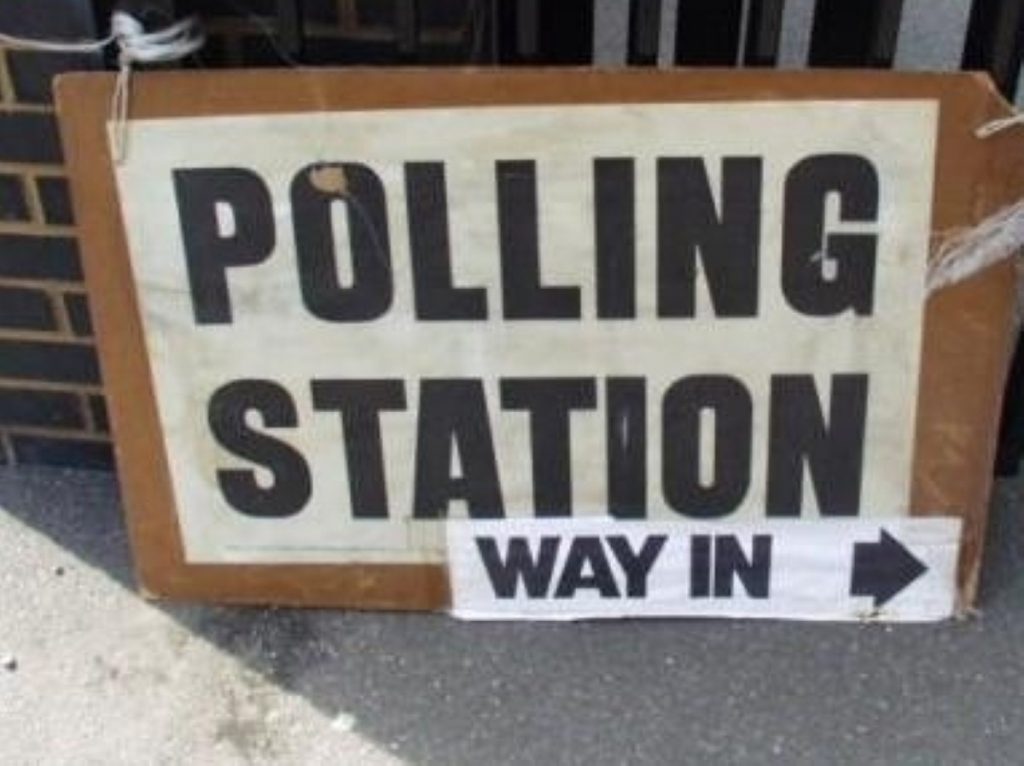Activists outline how electoral reform would hit Westminster
By Aled Thomas
Thursday’s election would have delivered radically different results if the voting system had been different, new research suggests.
The Electoral Reform Society (ERS) has published research which translates votes in the general election to seats under two different voting systems, Alternative Vote (AV) and Single Transferrable Vote (STV).
The current system gave the Conservatives 307 seats from 36% of the vote, Labour 258 seats from 30% and the Liberal Democrats just 57 seats from 23% of the vote.


In the pressure group’s calculations the Conservatives would have 281 seats under AV, still the largest party, but Labour would be close behind with 262 and the Liberal Democrats would have 79.
The difference between Conservatives and Labour would be greater under STV. The Tories would have 246 seats to 207, but with the Lib Dems much closer behind on 162 seats.
Under STV the Conservatives would have managed to pick up seven seats in Scotland and ten in Wales, whereas they have one and eight respectively. This would allow them to claim much more of a national mandate.
Dr Ken Ritchie, chief executive of the ERS said: “Britain’s new political map is simple. We have a blue south, a red north, and a few spots of yellow in between. It’s not a map most voters would recognise as legitimate after another broken election.
“Whole counties and cities are now the personal property of one party. Once again first-past-the-post has generated results that stretch the idea of ‘representative’ democracy to breaking point.”
Before the campaign began the ERS predicted the winner of what it said were 383 safe seats. It was correct in 380 of them.
Dr Ritchie said: “When the election began we declared the winners in 382 safe seats. We’re sorry that we got three wrong. But we’re more concerned for the tens of millions of voters that, despite the most unpredictable contest in generations, didn’t see an election.”
He added: “The Single Transferable Vote would be a major step to restore credibility back to representative government. That’s what is at stake in the current coalition talks – a parliament that actually looks like Britain.
“The parliament that might have been would also have brought a hung parliament. But with STV, coalitions, cooperation and debate aren’t aberrations, they are the rule. Anyone feeling nostalgic should realise that modern multi-party politics is alive and well in Britain, we just lack the system to deliver it.”
Both voting systems allow voters to express a ranked preference for multiple candidates, and see the lowest ranked candidates eliminated until there is one winner, under AV, or any given number of winners under STV.
The ERS calculation used a ComRes poll of April 26th to work out second preference voting and assumed there were multi-member constituencies under STV.
Labour’s election manifesto offered a referendum on AV as a new electoral system.









